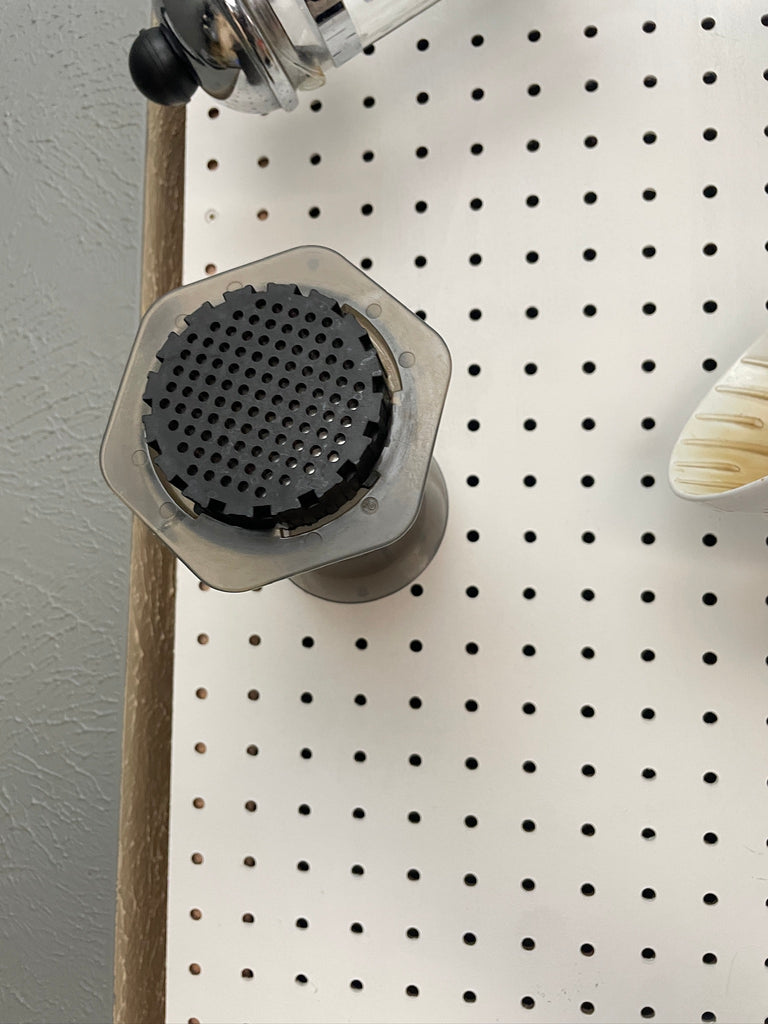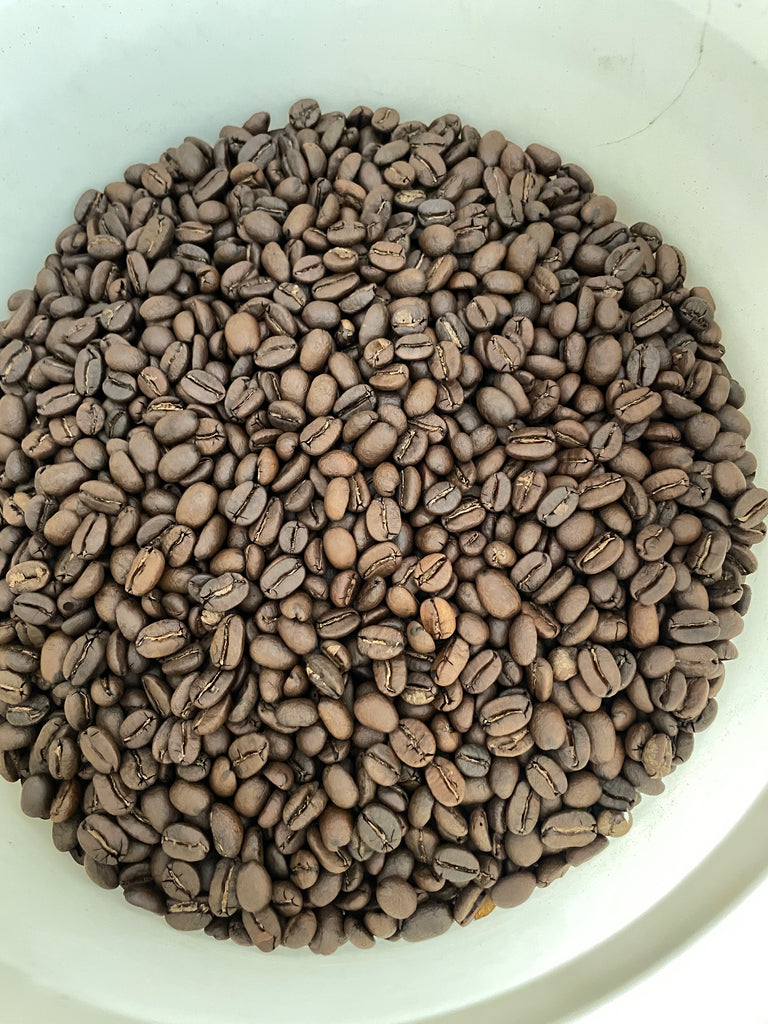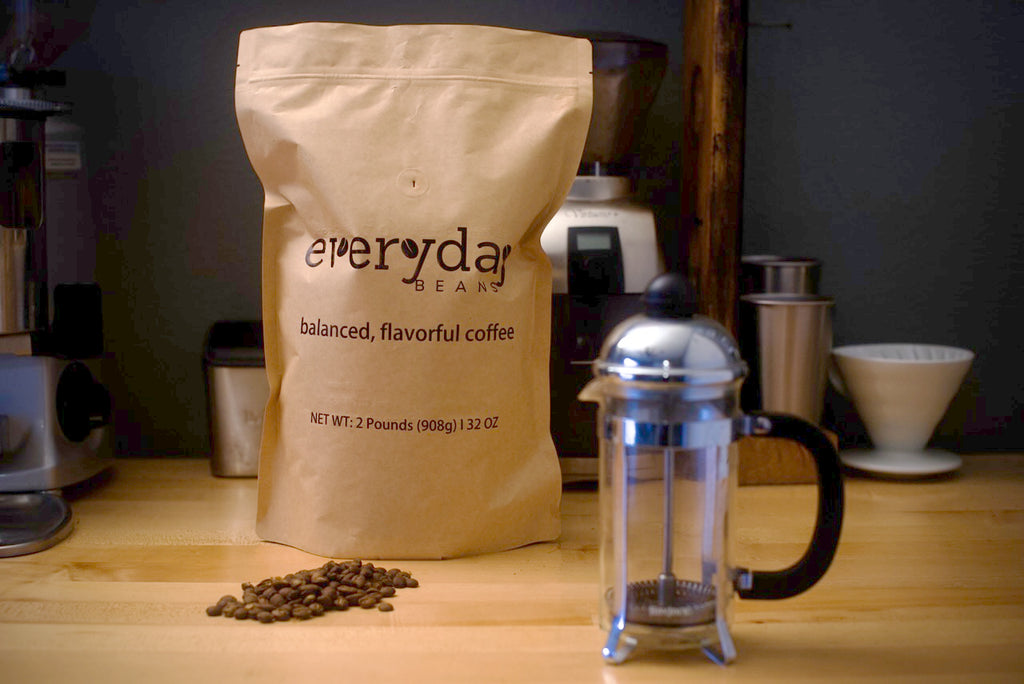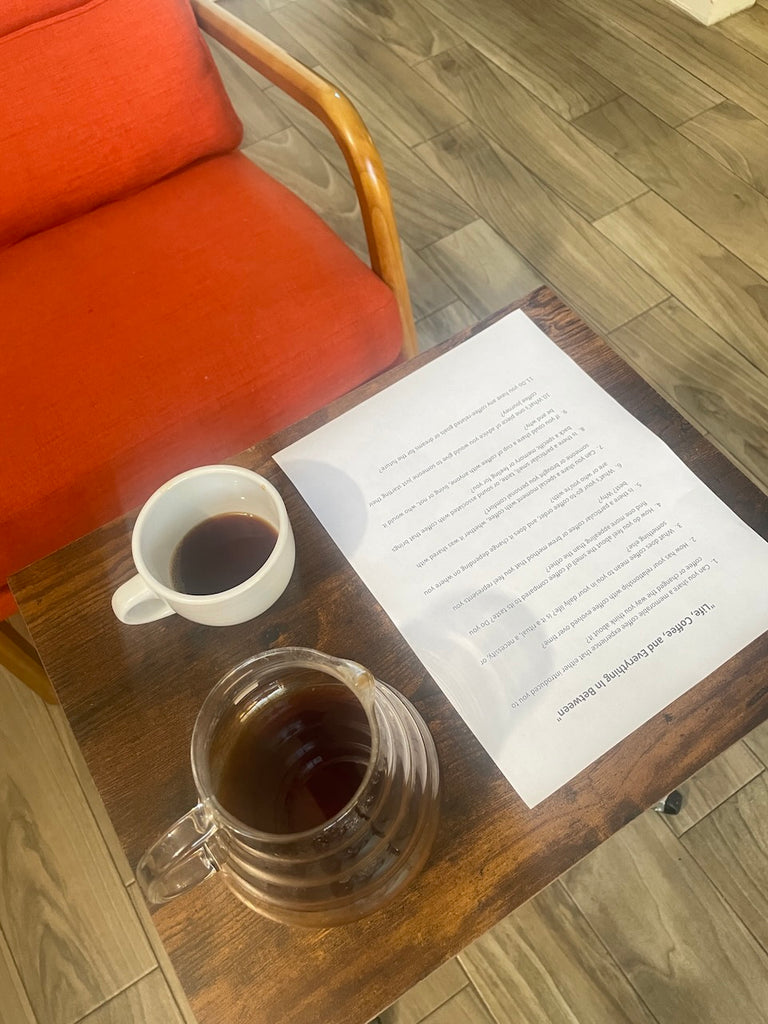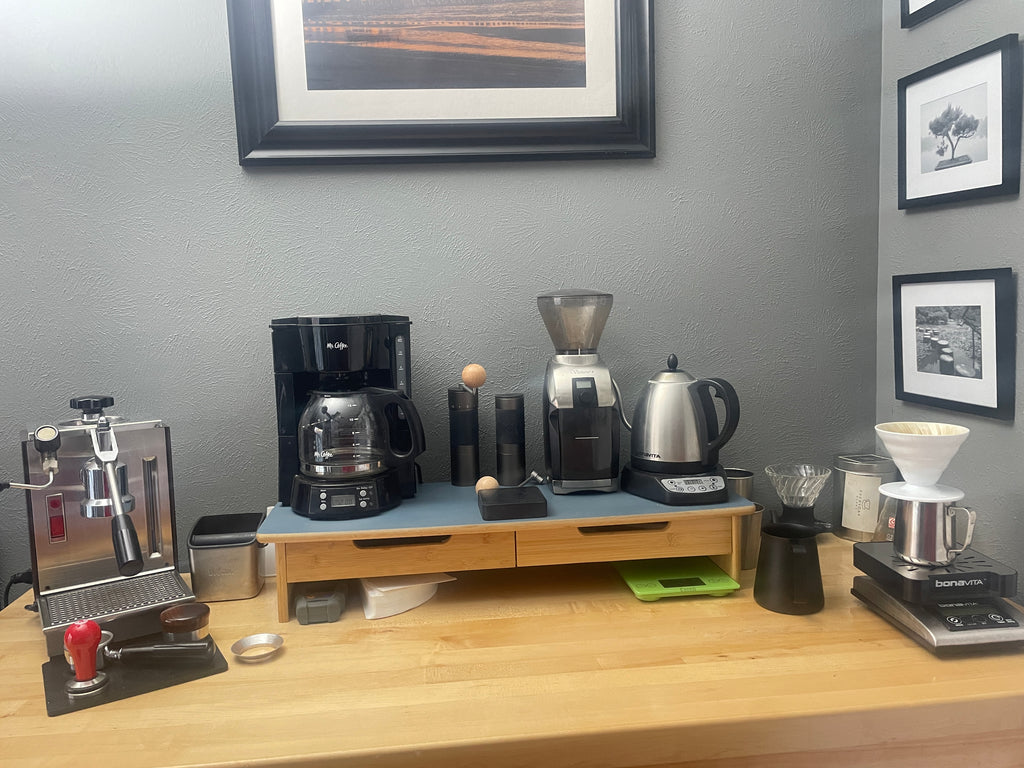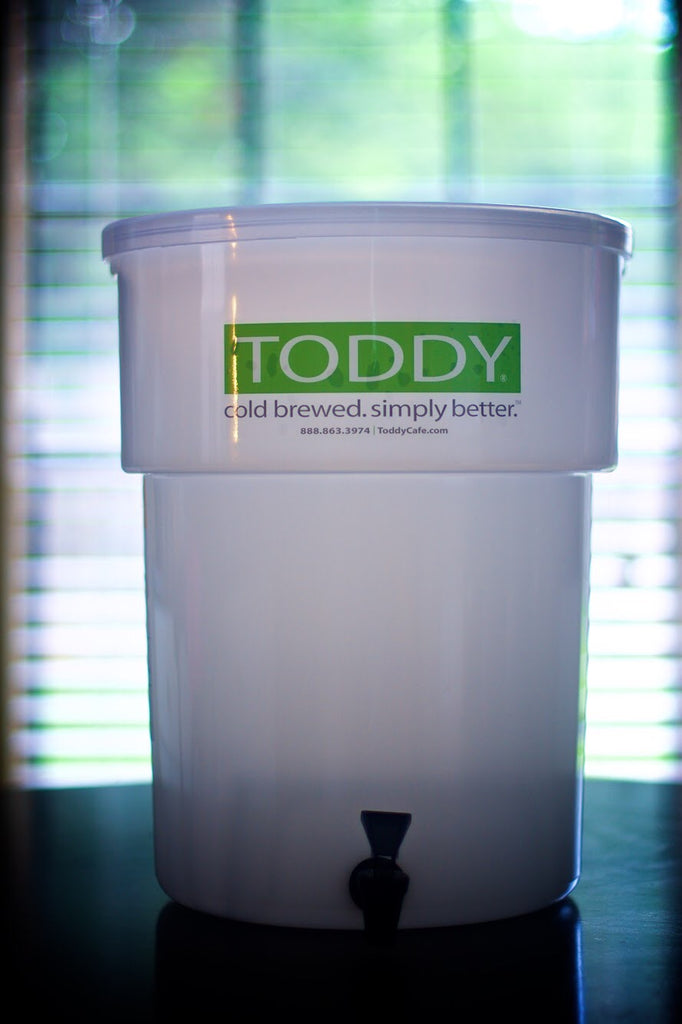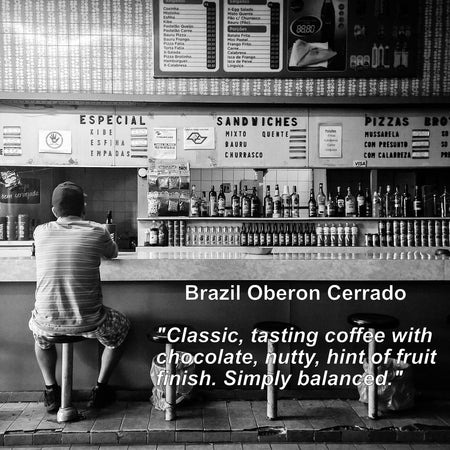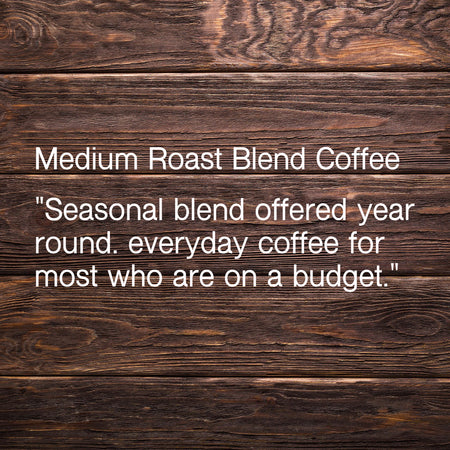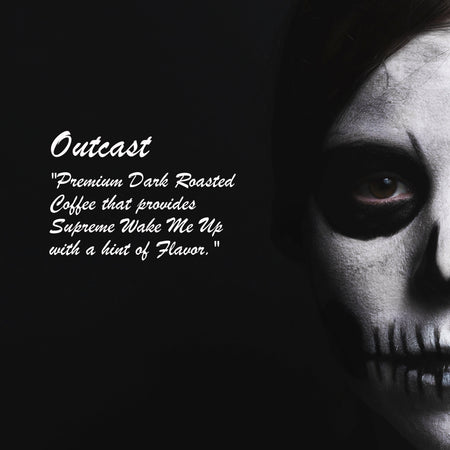As a coffee roaster, brewer, and enthusiast, I've had my fair share of experiences with various coffee brewing devices. One that has intrigued me for years is the AeroPress. This compact, portable coffee maker has garnered a cult following in the coffee world, but does it truly live up to the hype? Let's dive into my personal journey with the AeroPress and explore its place in the world of coffee brewing.
When I first encountered the AeroPress, I was captivated by its innovative design and the promise of a quick, easy way to brew a delicious cup of coffee. Like many coffee lovers, I eagerly experimented with different recipes and techniques, hoping to unlock the perfect brew. However, as time went on, my enthusiasm began to wane.
One of the key aspects I've come to appreciate in coffee brewing is clarity – the ability to identify and understand the unique flavors and characteristics of a particular coffee. While the AeroPress does produce a cleaner cup than a French press, I found that it falls short when compared to pour-over methods or espresso in terms of bringing out the nuanced flavors of high-quality beans.
The AeroPress sits in an interesting middle ground between immersion brewing (like French press) and pressure brewing (like espresso). It's this hybrid nature that makes it both intriguing and, in some ways, frustrating. The device tries to be many things at once, but in my experience, it doesn't excel in any particular area.
One of the main issues I've encountered with the AeroPress is the inconsistency of the seal created by the rubber plunger. Over time, this crucial component can wear down, leading to a loss of pressure and affecting the quality of the brew. This flaw has made me question the long-term value of the device, especially when compared to more durable brewing methods.
That being said, the AeroPress does have its merits. Its portability makes it an excellent choice for travelers or outdoor enthusiasts who want to enjoy a decent cup of coffee on the go. It's also a great entry point for those new to manual brewing, offering a forgiving platform for experimentation.
The AeroPress has undoubtedly made its mark on coffee culture, spawning competitions and inspiring countless brewing recipes. This level of engagement and innovation is commendable and has contributed to the broader conversation about coffee brewing techniques.
As a coffee professional, I've learned that there's no one-size-fits-all solution when it comes to brewing methods. While the AeroPress may not be my go-to device, I recognize that many coffee lovers swear by it. The key is to explore different brewing methods, understand their strengths and weaknesses, and find what works best for your palate and lifestyle.
In conclusion, while the AeroPress may not have revolutionized my coffee routine as I initially hoped, it has taught me valuable lessons about brewing, clarity, and the importance of finding the right tool for the job. For coffee enthusiasts, I encourage you to approach the AeroPress – and indeed, all brewing methods – with an open mind and a willingness to experiment. After all, the journey of discovering your perfect cup is half the fun of being a coffee lover.

